JIMTOF: A Strong Embrace of IIoT
The recent Japan International Machine Tool Fair reflects the rapid move toward smart factories in which smart machines are fully networked. Japanese providers of manufacturing technology have clearly embraced the concepts of the Industrial Internet of Things.
The message from the 2016 Japan International Machine Tool Fair (JIMTOF), Japan’s premier machine tool show, was clear: Japanese providers of manufacturing technology have embraced the concepts of the Industrial Internet of Things (IIoT). Although there is no exact definition for what this phrase means, it undoubtedly refers to the strategy of linking machine tools and other shopfloor equipment to a web-enabled network that makes manufacturing increasingly data-driven.
In fact, the Japanese Machine Tool Builders’ Association (JMTBA), the organization sponsoring JIMTOF, identified IIoT as the main component of this year’s show theme: “The Future Starts Here.” The IIoT capabilities of various machine builders in Japan were prominently displayed in booth exhibits. In general, these exhibits highlighted how data can be transformed into actionable information to avoid downtime and improve productivity through more thorough and timely monitoring.
The show also indicated that, for machine tool builders, the premier interoperability/data exchangeability standard is MTConnect, which is apparently being widely adopted to promote shopfloor connectivity. Significantly, a seminar on MTConnect was also presented at JIMTOF under the sponsorship of AMT—The Association For Manufacturing Technology. Attendance at this seminar indicated strong interest in the standard by both technology developers and end users.
Two Big Challenges
In addition to interoperability and data exchangeability, JIMTOF exhibitors are confronting two other major challenges in IIoT implementation: network security and effective data computing. One approach is to embed a configurable network switch inside a machine’s CNC to manage network exposure internally. The other approach is to “bolt on” an external device that incorporates the network switch and forms the secure interface to the network.
The challenge of effective data computing boils down to a very practical matter. Because the flow of data from connected machines can be voluminous, managing when, where and how to process this data is critical. Although cloud-based applications can bring to bear virtually unlimited computer power to the tasks of collecting, analyzing and storing vast amounts of data, deriving and delivering actionable intelligence to the shop floor in a timely fashion is a problem. It is eliciting an alternative concept—that of “edge” computing or computing in the “fog.” The principle is to conduct data computing and analysis with resources shared within a corporate network, but away from a centralized capability such as a cluster of servers in one location. Edge computing is an advantage because, for one, it avoids traffic jams on the data highway, so to speak, which can delay results when computing is done remotely.
Other Noteworthy Trends
Hybrid machines that combine subtractive processes (conventional milling, grinding, turning and so on) with additive processes (laser cladding, wire arc welding, laser metal deposition) were notable. The Japanese government is providing substantial funding for research in hybrid technology, and this showing reflects that support.
Additionally, several builders have incorporated collision-avoidance features into the software in the CNC. Essentially, the simulation of the machining program stays ahead of its actual execution, creating an opportunity for the software to detect and avoid impending crashes or interference.
Another frontier that machine tool builders are pushing into is machining accuracy in the sub-micron level. Applications range from miniaturized electronics to advanced designs of airspace components such as jet engine blades.
Finally, it should be noted that JIMTOF 2016 marked the opening of two new exhibit halls, thereby increasing exhibit space to nearly 100,000 square meters. The new halls, East 7 and 8, were dedicated largely to overseas exhibitors who have been closed out of this show in the past because of strong participation by domestic exhibitors. These additions enhance JIMTOF's reputation as a major international machine tool and manufacturing technology show.
Related Content
Shop Quotes Smarter, Works Harder with Machine Monitoring
Temco first installed MT-LINKi to optimize quoting. Now, the software helps the shop optimize its machines — and machine purchases.
Read MoreCan Connecting ERP to Machine Tool Monitoring Address the Workforce Challenge?
It can if RFID tags are added. Here is how this startup sees a local Internet of Things aiding CNC machine shops.
Read MoreSwiss-Type Control Uses CNC Data to Improve Efficiency
Advanced controls for Swiss-type CNC lathes uses machine data to prevent tool collisions, saving setup time and scrap costs.
Read MoreShop Moves to Aerospace Machining With Help From ERP
Coastal Machine is an oil and gas shop that pivoted to aerospace manufacturing with the help of an ERP system that made the certification process simple.
Read MoreRead Next
The Cut Scene: The Finer Details of Large-Format Machining
Small details and features can have an outsized impact on large parts, such as Barbco’s collapsible utility drill head.
Read More3 Mistakes That Cause CNC Programs to Fail
Despite enhancements to manufacturing technology, there are still issues today that can cause programs to fail. These failures can cause lost time, scrapped parts, damaged machines and even injured operators.
Read More


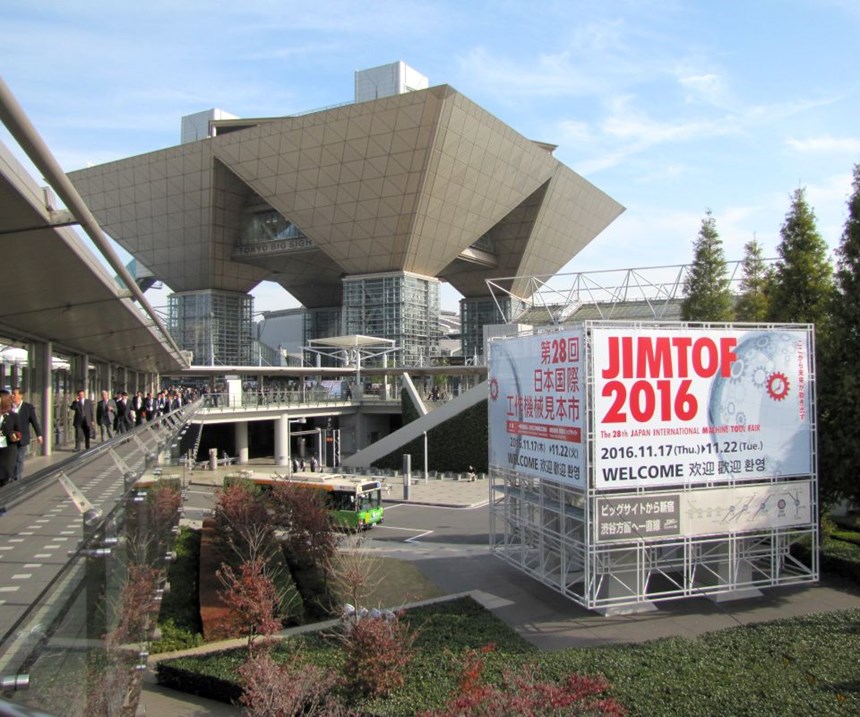
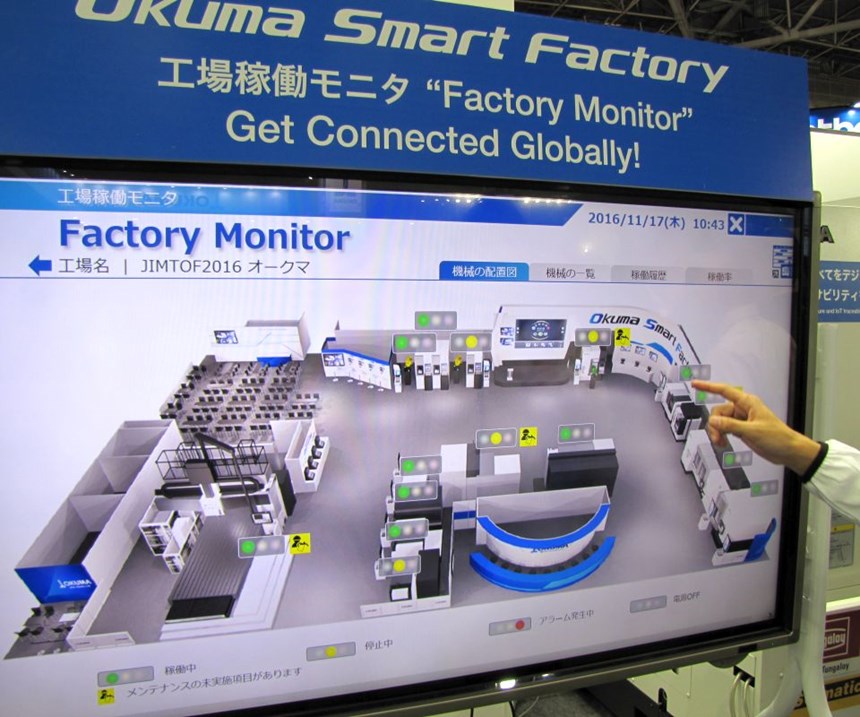
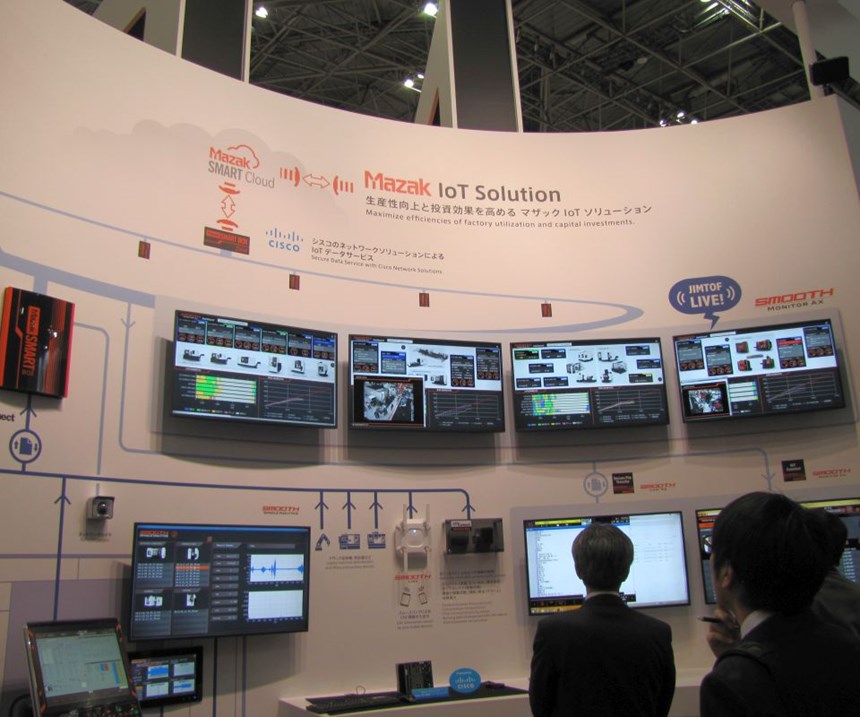
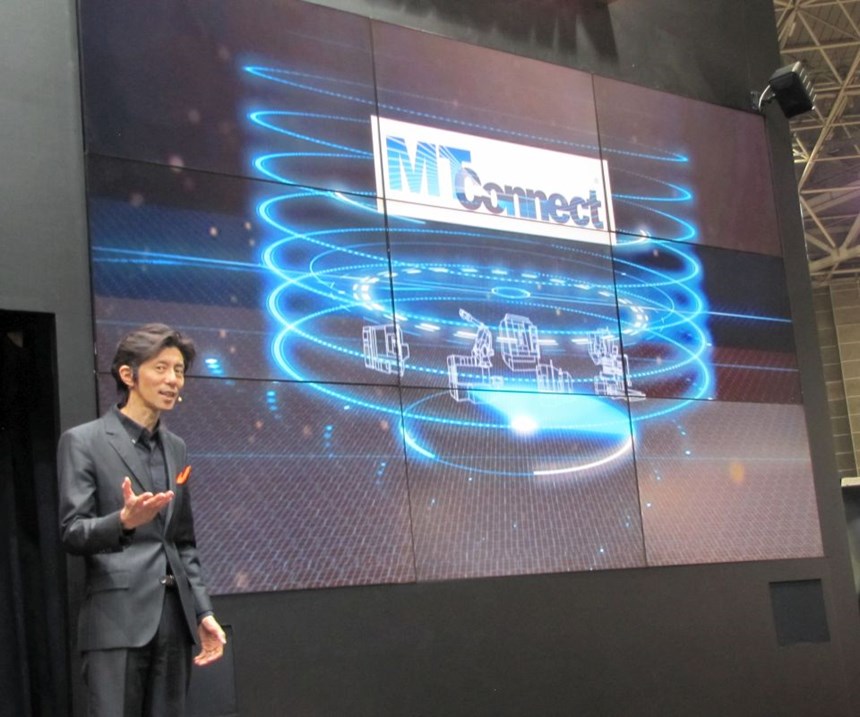


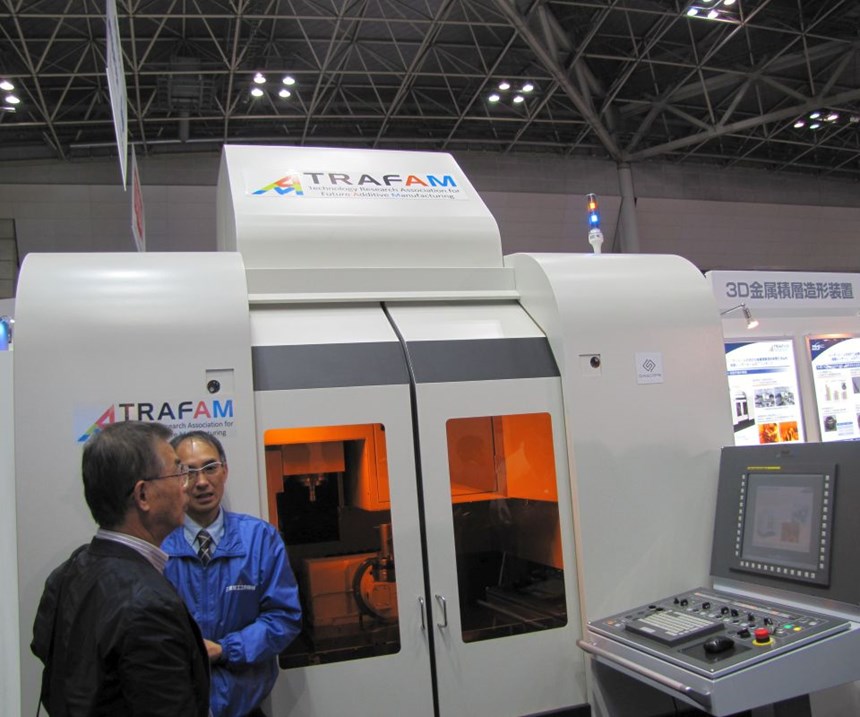


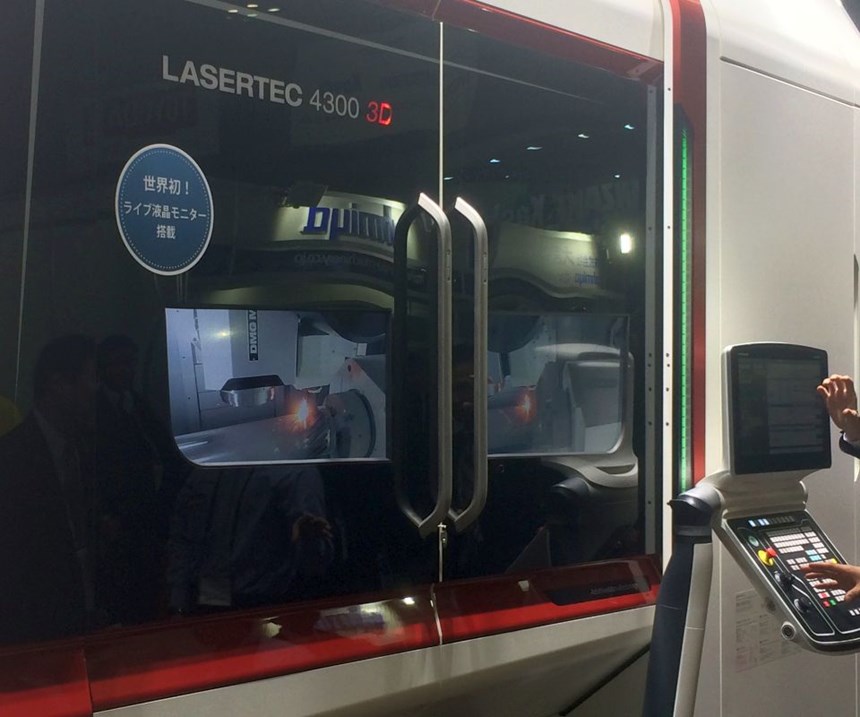



















.png;maxWidth=300;quality=90)







